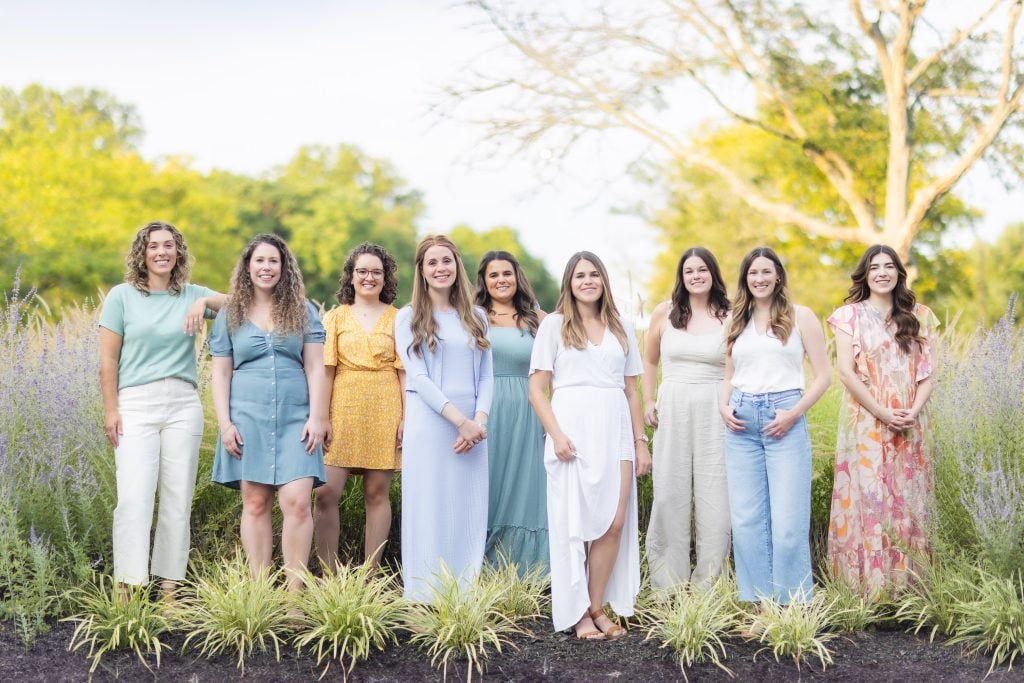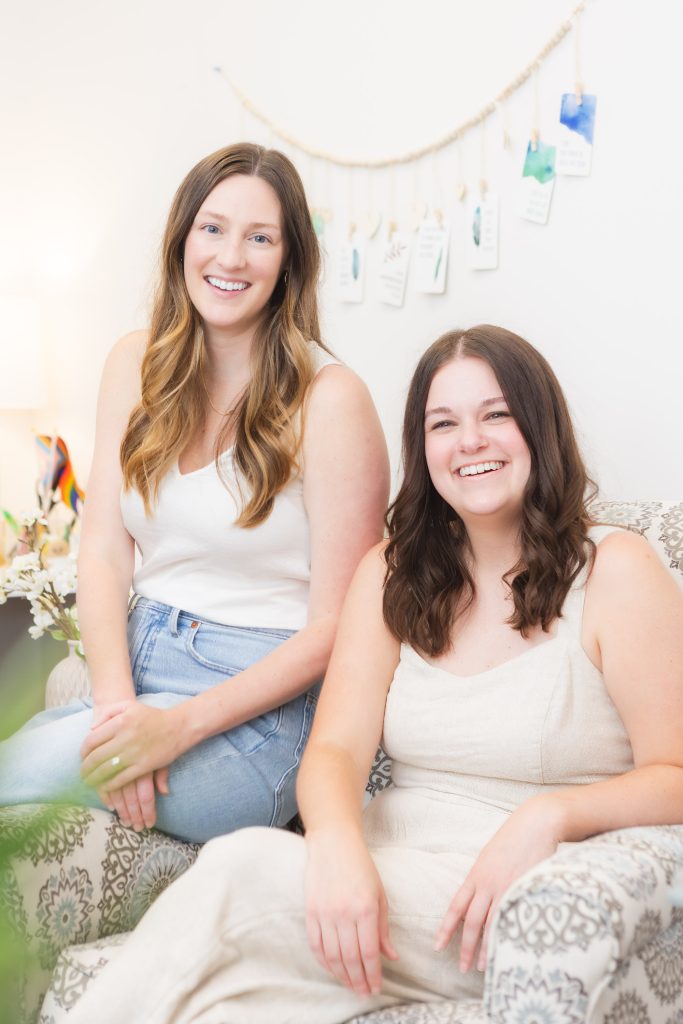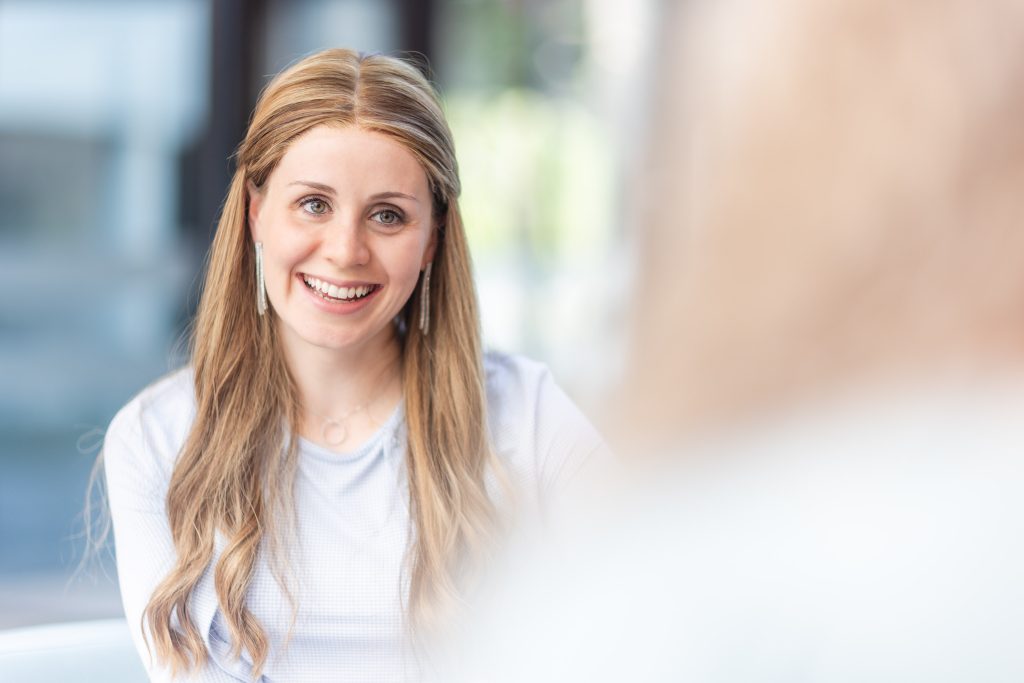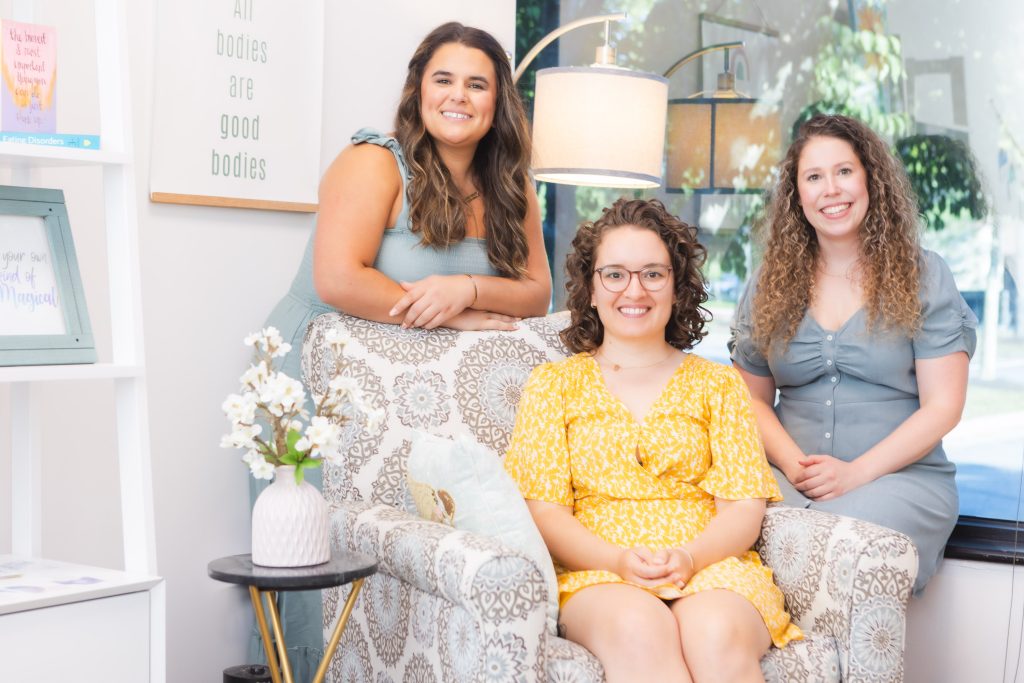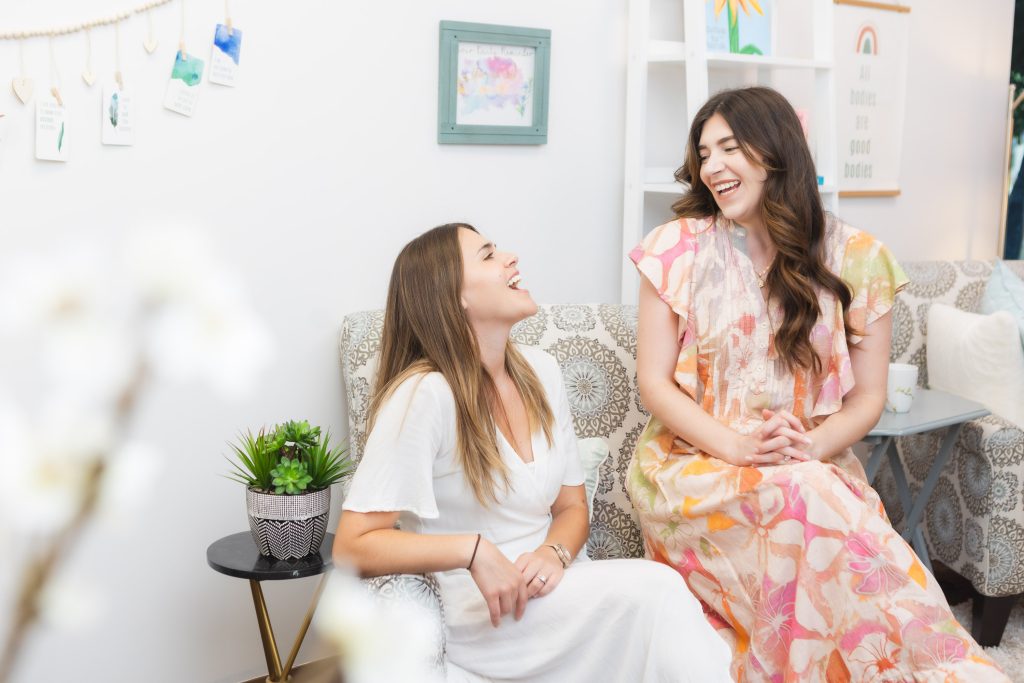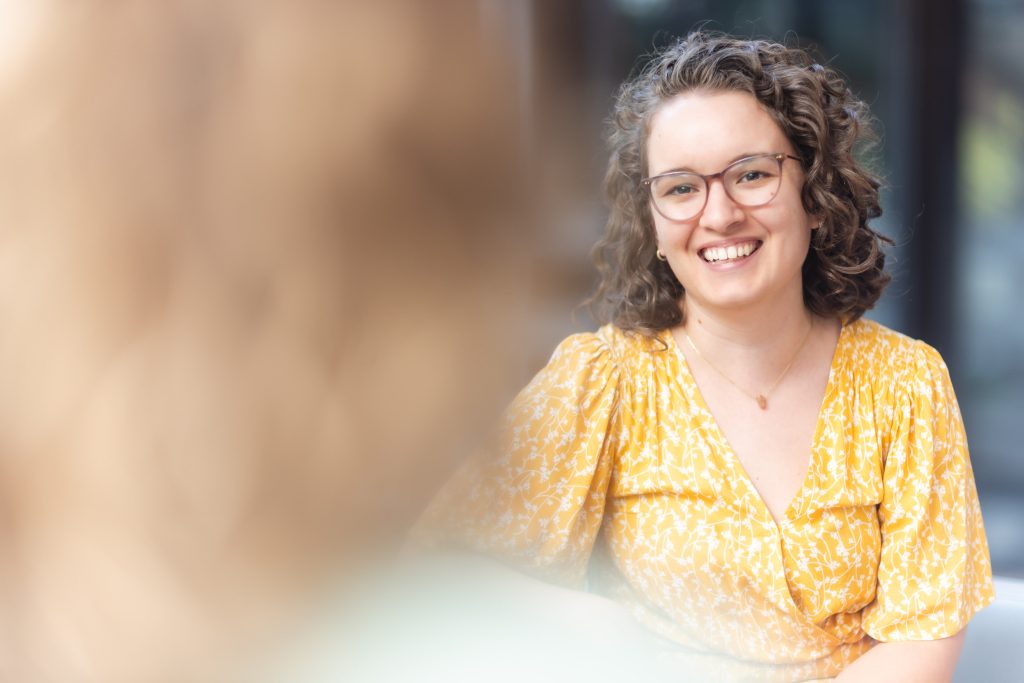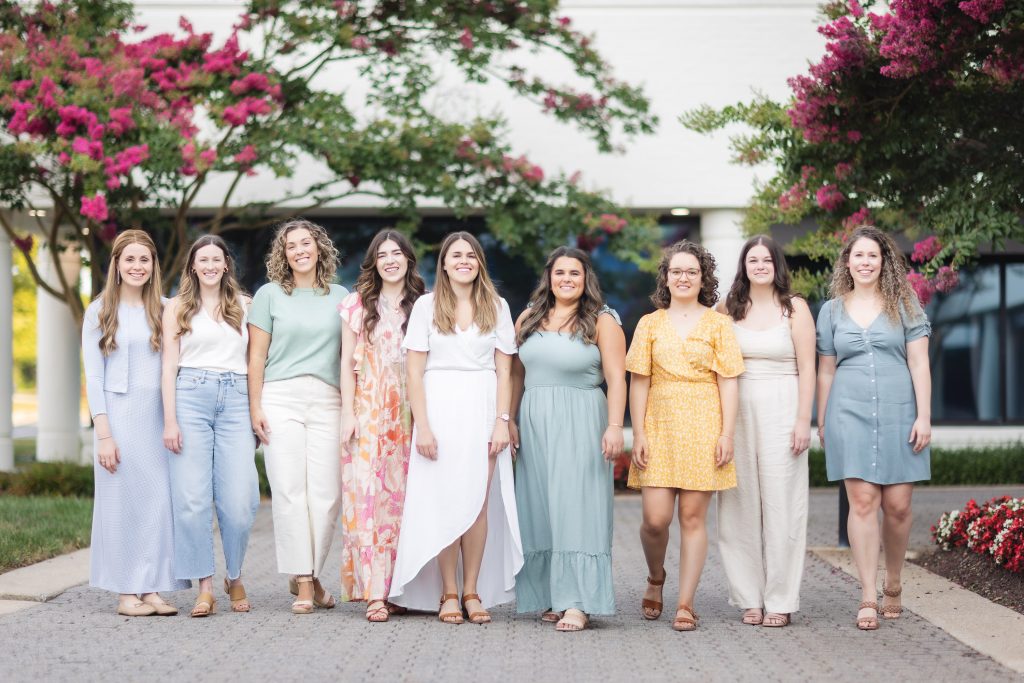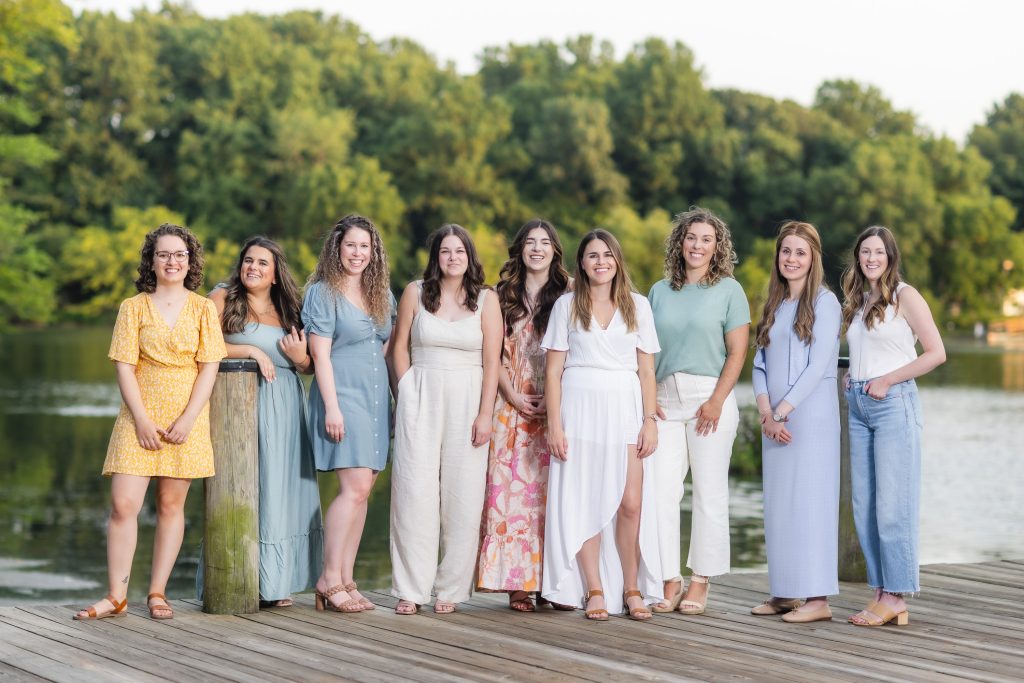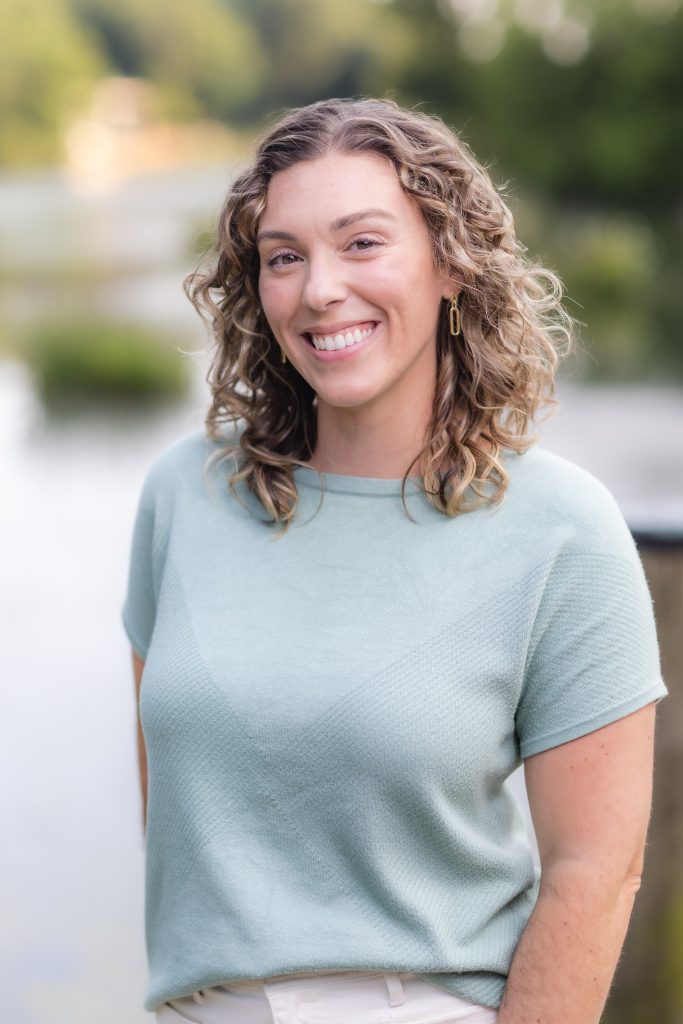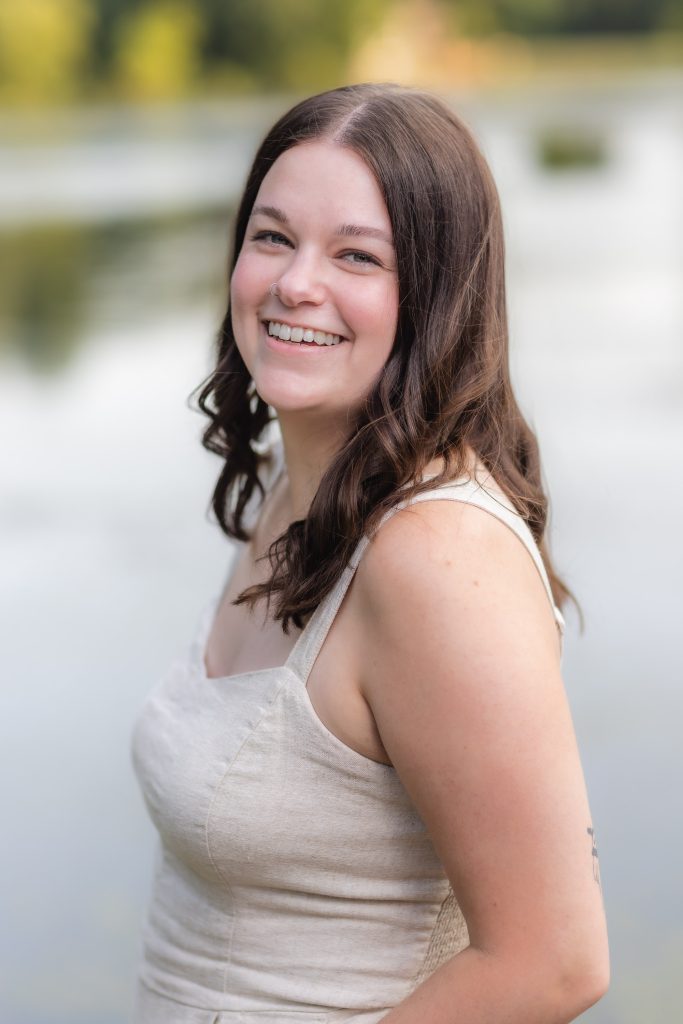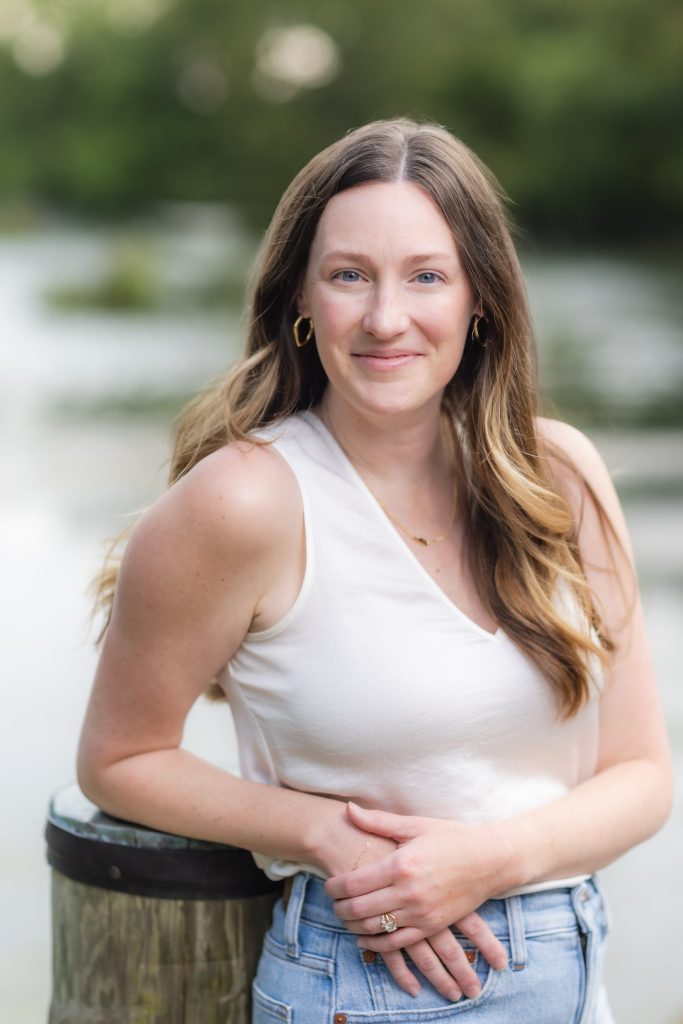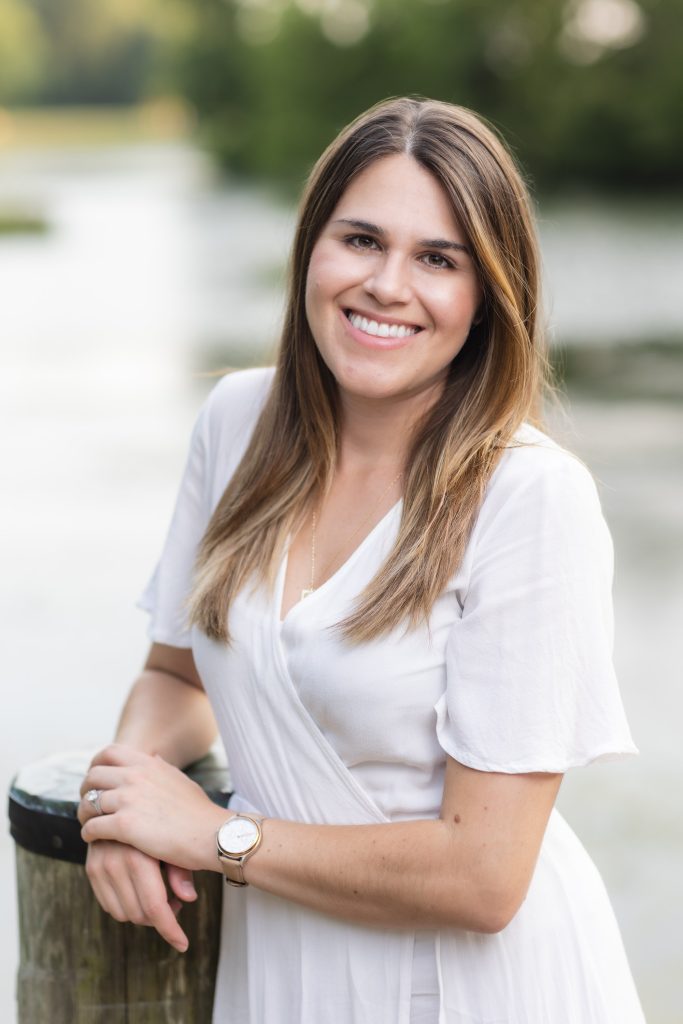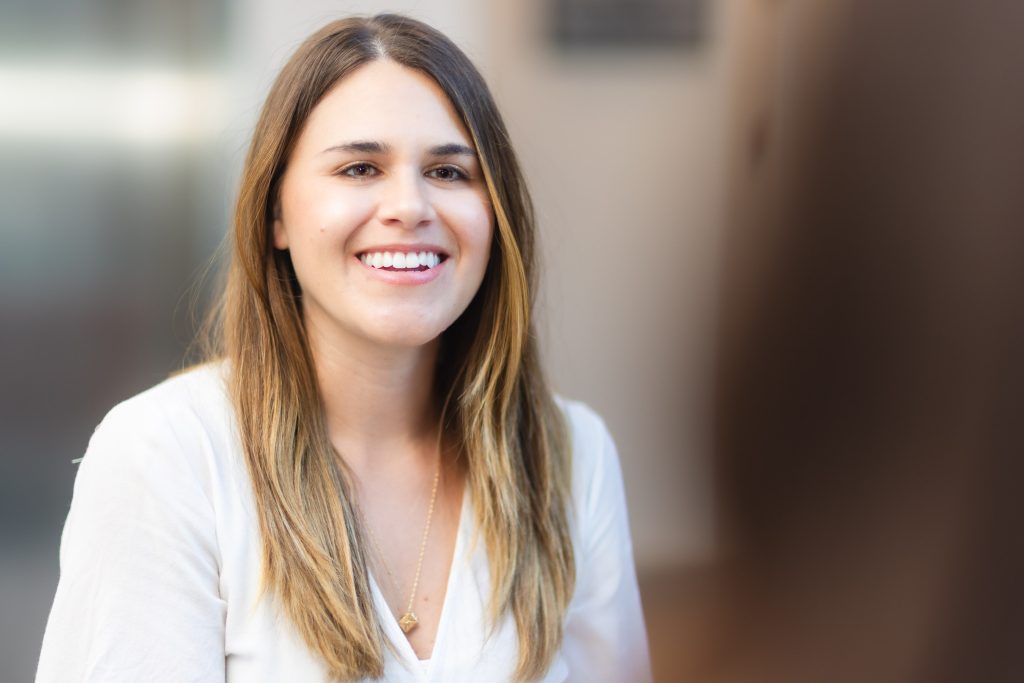This shoot started the way a lot of them do. Someone saw some photos, told a colleague, and a couple emails later I was penciling in a date. That someone was Lauren, one of the dietitians at Courage to Nourish, whose wedding I’d recently photographed. The colleague was Alex Raymond, who co-founded Courage to Nourish and was trying to get her ten-person team to stop looking like they were stitched together from three different websites. Reasonable goal.
What she wanted was a batch of headshots and some lifestyle-ish images to help people feel comfortable before they ever picked up the phone; a way to visually explain a philosophy that usually takes a few paragraphs and a conversation. It’s a challenging task, and we got pretty close.
How This Practice Got Built in the First Place
Alex started Courage to Nourish back in 2020, after five years working in the eating disorder space. And like a lot of people who’ve stayed in a system just long enough to know which parts of it are quietly (or not-so-quietly) broken, she eventually decided to make her own version.
“I had a deep desire to provide compassionate, weight-inclusive care for individuals struggling with eating disorders and disordered eating,” she told me. “I saw how often clients were being harmed by weight-centric messages, even in healthcare spaces that were supposed to help them heal. I knew there had to be another way.”
So that’s what she built: A group practice rooted in “Health at Every Size”, weight inclusivity, and something that feels kind of obvious for a professional space as sensitive as this, until you realize how rare it actually is: matching clients with dietitians who are actually the right fit. Not just clinically, but interpersonally. Because as Alex put it, “we aim to match our clients with the specific dietitian who will be the best fit for their needs.” Which… yeah. That seems like it should be the baseline. And yet…
Now they’re operating in three physical locations — College Park, Columbia, and Alexandria — and offering virtual support basically everywhere else. The model works, so they’re growing. But the way they grow is less “scaling a brand” and more “hiring people who don’t need to be reprogrammed.”
Why Photos Even Matter
The shoot wasn’t a rebrand. Well, not officially. But the practice was in a growth phase, and Alex said it felt like the right time to get new images that actually reflected the direction things were headed. Some new people were coming on. The vibe was shifting. “We were — and in many ways still are — in a growth phase,” she said. “As the practice has shifted and grown, I realized it was time to redefine our brand.”
What she didn’t want was fluff. Or worse, the sort of “authenticity” usually reserved for LinkedIn. She wanted something warmer, simpler. “Photos help set the tone,” she said. “Especially for clients who may be navigating fear, shame, or trauma around food and body. Because let’s face it, it can be really difficult to talk about food and body image.”
And that’s the thing — the images weren’t meant to “express a mission” or “capture a brand essence.” They were just supposed to make it easier for someone to look at the website and decide whether they might feel okay talking to one of these people. That’s it. Nothing poetic. Just a little nudge that this might be a safe place to land.
The Session Itself
We scheduled the shoot for a Sunday in late July, which is exactly as hot as it sounds. The Columbia office, though a little tight, had just enough flexibility. Some indoor space with nice-enough light, enough room to move around. We made that the fallback if the weather decided to punish us. Luckily, it didn’t because we wanted to use Lake Elkhorn just across the street.
We kept the structure loose but not unplanned. Everyone needed a headshot. So we staggered people in and out, rotated between individuals and groups, staged some conversations in the lobby. I gave the usual spiel about where to put your hands and when to ignore me.
We spent some time outside the office, and captured the actual headshots at the lake across the street. We got a lot of really nice images to work with.
Afterward, I sent them three color grading options — Neutral, Gold, and Green — mocked up on their actual website, so no one had to squint and guess which version “felt more like them.” They went with Neutral. Good neutral wins 9/10 times.
Alex said later, “William did an amazing job with the photos!! And I feel like we really captured who we are: approachable, professional, and values-driven.” Stahhhp.
That was nice of her. But more importantly, it was clear that they’d gotten what they needed. Not just good photos, but ones that didn’t trip over themselves trying to be meaningful.
What They Did With the Images (and What’s Next)
The final batch went into all the usual places — the website, social media, presentations, even email signatures. Basically anywhere a person might need to say “hello” without actually being in the room.
Alex told me she’s already thinking about the next round. A little more candid stuff. Some behind-the-scenes interactions. “Maybe a few photos of us enjoying a meal,” she said. “Or some still shots of the office.” The day-to-day things that don’t usually feel worth documenting until you realize they were the whole point. I think that’s kind of the through-line here.
The practice itself wasn’t built to be flashy. And the photos weren’t trying to impress anyone. It was just a chance to hold still for a minute and say, “This is who we are, for now.”
Get in touch with Alex’s Team
If any of this sounds like something you—or someone you care about—might need, Courage to Nourish is probably worth a look. They’re not so much trying to fix people as they are trying to help them feel human in a system that usually doesn’t. It’s for anyone struggling with disordered eating, body image, or just the exhausting pressure to “get it under control” without really knowing what that means. You can learn more or get in touch through their website at couragetonourish.com. These are really nice people, so go for it.
Also, if you think your business might need help showing up the way it actually is, not the way a stock photo pack thinks it should be, well, that’s what I do. You can reach out we’ll figure out what makes sense.

